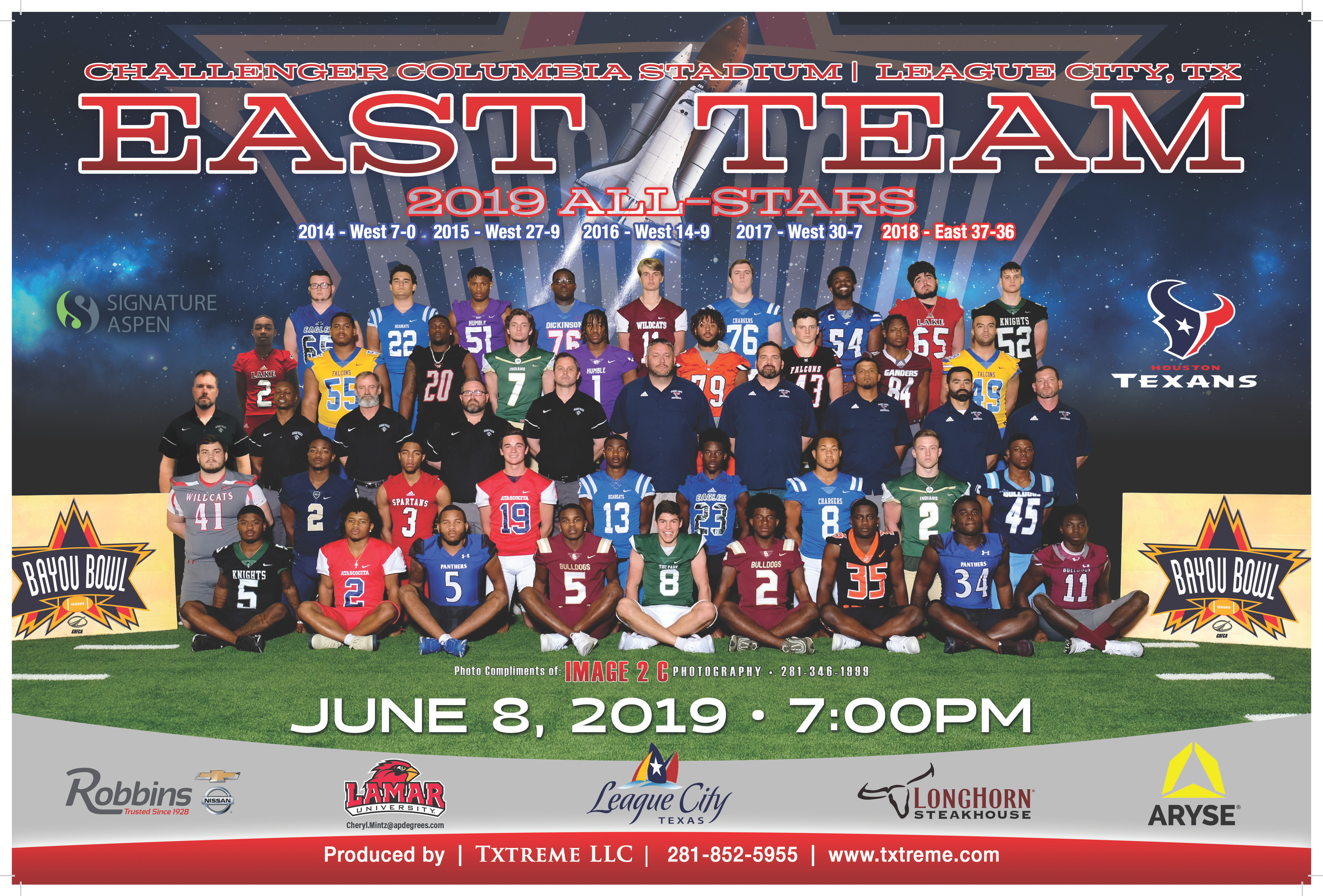


Patton’s style influenced other blues artists and, eventually, the British rock and rollers like The Rolling Stones, The Who and Zeppelin who would bow at their feet in the ‘60s. “That’s Indian music with a guitar,” Fé says, her eyes lighting up, “that’s where it went.” The scene in which Tuscarora/Taíno musician Pura Fé demonstrates the Native influence in Patton’s Down the Red Dirt Road will likely give you chills. In particular the film points to Charley Patton – “the father of the Delta blues” who’s believed to have Choctaw ancestry – as a key artist who melded traditional tribal rhythms with the then burgeoning blues. Through exhaustive research backed by the Smithsonian, Rumble makes a case that the blues, the oldest form of American popular music, was influenced by even more ancient Native styles of playing and singing. Released last year, Rumble makes its US television premiere on 21 January and in it, Steve Van Zandt calls Rumble “the soundtrack to juvenile delinquency” while Iggy Pop preaches that the track “ did help me say ‘fuck it, I’m gonna be a musician.’”īut Rumble’s narrative goes far deeper than teenage impulses, tracing a path from rock ‘n’ roll to jazz to the blues to the music of pre-colonial America, before European immigrants and Federal government began their systematic decimation of Native people and the vibrant musical traditions they carried. Wray’s most famous song thus serves as the title of Rumble: The Indians Who Rocked the World, a documentary exploring the Native American presence in, and influence on, popular music. He’s one of many Native artists – Jimi Hendrix, The Band’s Robbie Robertson, jazz vocal icon Mildred Bailey – whose heritage was largely hidden, even as they shaped musical history. Indeed, Link Wray, the leather-clad rocker prowling the stage with mega-bravado, grew up poor in rural South Carolina in the days when the Ku Klux Klan would ride by his house in the middle of the night, and when the Klan was just as likely to come after you for being Indian as for being black. “To visualize these guys that are like, the Mount Rushmore of rock stars playing air guitar to a Shawnee Indian, it just blew my mind.” “Jeff Beck told me that he and Jimmy Page used to jump around the bedroom at his mom’s house playing air guitar to Link Wray,” says guitarist Stevie Salas.


But this wordless call to arms did get through to the masses, and certain members of the audience to which it spoke would internalize Rumble’s sound and spirit and with them create a new and fantastically unholy genre of larger than life guitar music.


 0 kommentar(er)
0 kommentar(er)
